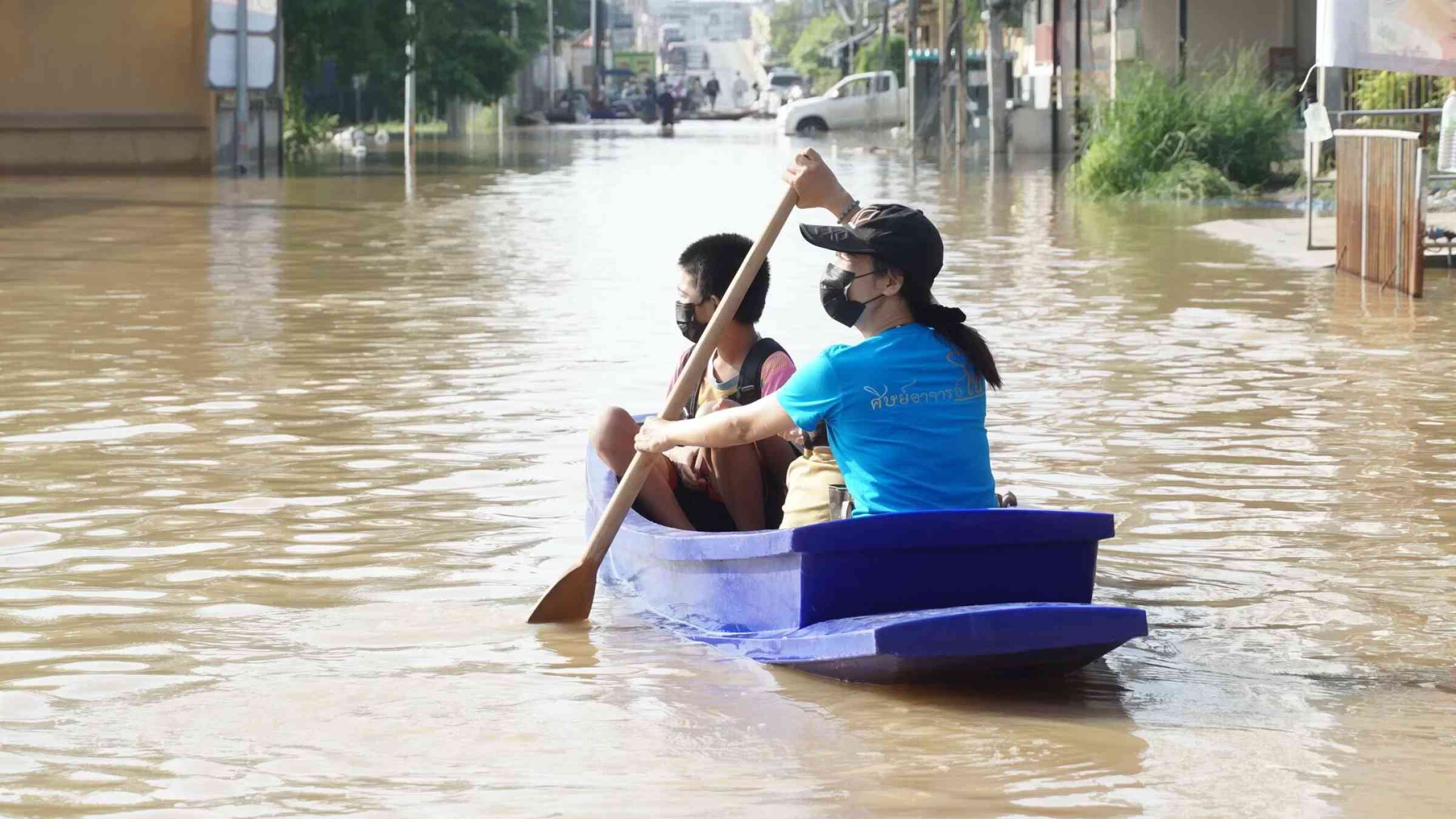Where do we stand? Global and regional perspectives on implementing the Sendai Framework
We stand at a pivotal moment when it comes to delivering on the policy commitments agreed in 2015 and stipulated in the Sendai Framework for Disaster Risk Reduction (DRR), Agenda 2030, and the Paris Agreement. Accelerating progress towards global risk reduction requires system-wide transformational change. This includes better leadership and coordination, scaling-up data and analytics to improve the evidence base, fostering best practices and learning across sectors and regions, boosting international cooperation for DRR, and empowering those at the frontline of climate and disaster risk.
This High-Level Dialogue will present a comprehensive stock-take of progress towards global, regional, national and local disaster risk reduction commitments. It will consider the challenges faced and the enabling environment needed to achieve the goals of the Sendai Framework and catalyse synergies across the post-2015 commitments in the count-down towards 2030.
Session objectives
The High-Level Dialogue will:
- Benchmark progress towards Sendai Framework implementation
- Identify barriers and opportunities for inclusive, integrated, sustainable, and localised implementation of the Sendai Framework at global, regional and national level
- Recommend good practices to accelerate achievement of the Sendai Framework goals and targets by 2030, identifying the way forward for accelerating progress.
Moderator
- Malini Mehra - Chief Executive, Globe International
Speakers
- Elizabeth Riley - Executive Director, Caribbean Disaster Emergency Management Agency - CDEMA
- H.E. Keitaro Ohno - State Minister, Cabinet Office, Japan
- H.E. Mitiku Kassa Gutile - Commissioner for Ethiopia Disaster Risk Management Commission, Ethiopia
- Katrina Sarah Milne - Farmer and Board Member, World Farmers Organization
- Saber Hossain Chowdhury - Member of Parliament / Honorary President, Bangladesh / International Parliamentary Union
- H.E. Miguel Ceara Hatton - Minister, Ministry of Economics, Planning and Development, Dominican Republic
Experience this event
Watch the session
Documents
Learn more
Read this section to learn more about Sendai Framework implementation, its progress and challenges, ensuring you come prepared to the session.
Where do we stand
The first seven years of Sendai Framework Implementation have seen increased efforts of countries and communities to reduce risk and protect hard-earned development gains. With 153 countries now reporting on at least one of seven Sendai Targets, new trends are emerging. Global disaster-related mortality is on a downward trajectory and has declined by 40% compared to the 2000s, bringing us closer to reaching Sendai Target A. In the meantime, there has been a 1.5-fold increase in the number of countries with national and/or local DRR strategies, reaching 120 in 2020 (Target E).
Despite this progress, disaster risk is proliferating, pointing to an urgent need to significantly accelerate action to implement the Sendai Framework. At no other point in history has the world faced such an array of familiar and unfamiliar risks, interacting in a hyperconnected world and a precipitously changing landscape. Climate change is the defining crisis of our time and is happening quicker than anticipated. The ripple effects of the COVID-19 pandemic have shown that disasters are not confined to one sector, one location or one community and can quickly escalate into global crises.
To be effective, global, national and local DRR efforts must be grounded in a comprehensive understanding of the far-reaching impacts of disasters, threats, crises and climate change. Achievement of the Sendai Framework requires greater focus on managing disaster risk in all its dimensions (hazards, exposure and vulnerability) with a particular focus on addressing the drivers of risk (including poverty, inequality, structural discrimination, and social norms) alongside building the enabling environment for more inclusive decision making. Furthermore, managing risk in all its dimensions is also a critical means of achieving the ambitious goals and policy commitments of Agenda 2030 and the Paris Agreement.
Session guiding questions
Where do we stand on Sendai Framework implementation?
- Are we on track to reach the expected outcomes, goals and targets by 2030?
- What are key good practices, experience and learning at regional level?
- What are we learning from recent global DRR policy stocktaking processes?
How do we strengthen our understanding of risk?
-
How to strengthen the evidence base for DRR and incorporate risk analysis at all levels of policy, programming and action?
How do we accelerate progress?
- How to promote an effective enabling environment for comprehensive disaster risk management and achieving the Sendai Framework?
- What is needed to hardwire disaster and climate risk into humanitarian and development policy and action in order to catalyse synergies across the post-2015 commitments?
How do we work together?
- How to strengthen international cooperation for disaster risk reduction that is multi-hazard, multi-disciplinary, multi-sector, and multi-stakeholder?
- Way forward: what are the foremost priorities for action towards 2030?

Agenda
Location
BNDCC 1-Ground Floor
Online access
Interpretation
AR, EN, FR, RU, ES, ZHDetails
Contact
Loretta Hieber Girardet [email protected]. Mira Markova [email protected] Yuki Matsuoka [email protected]